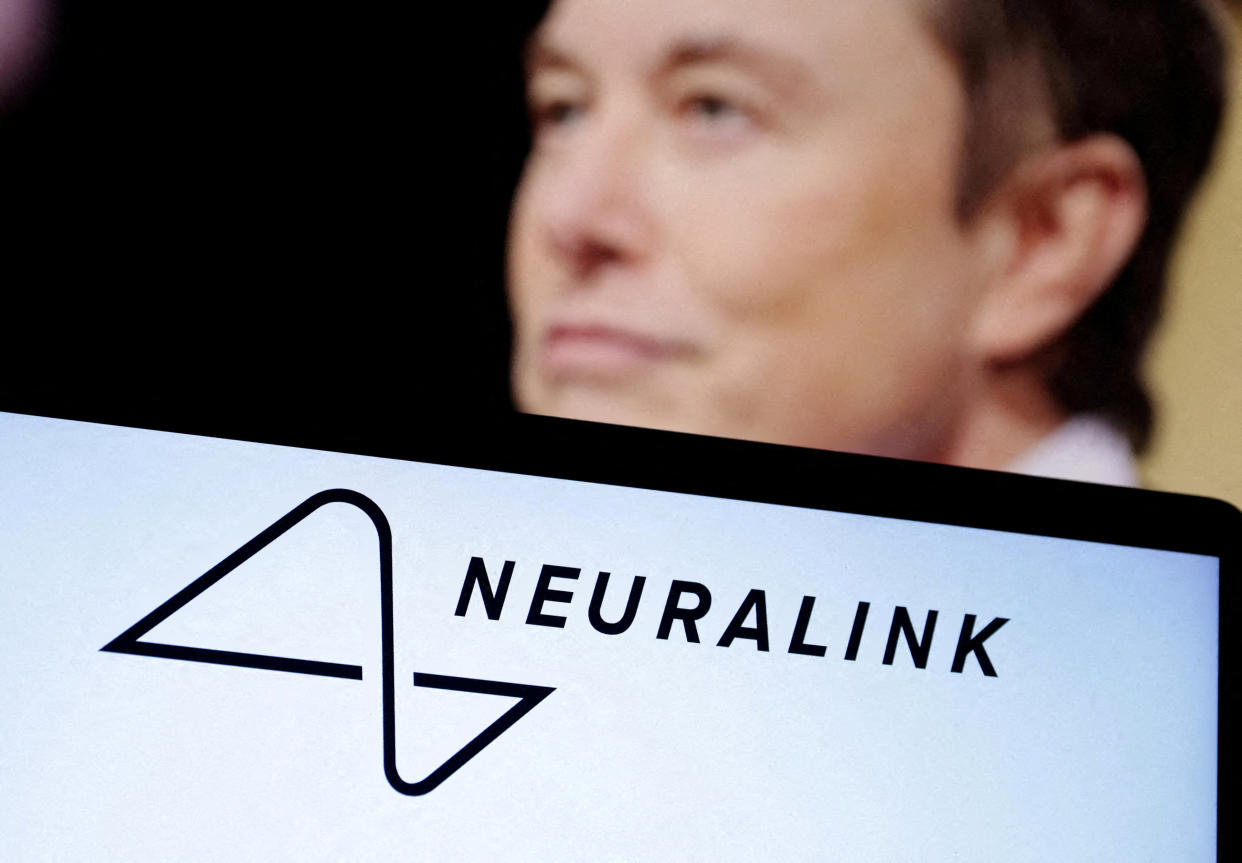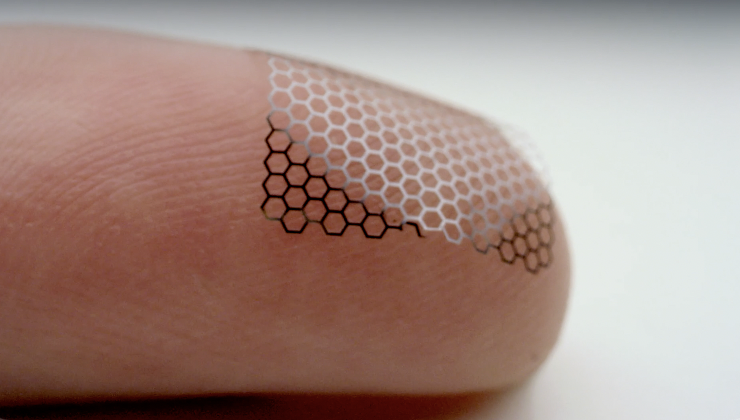Elon Musk’s Neuralink brain chips - what happens next?
Elon Musk has shown off a nine-minute, live-streamed video demonstration of the patient with the first Neuralink brain implant using it to play chess.
Volunteer Noland Arbaugh, who had the pound coin-sized chip implanted in his brain earlier this year, has also played the video game Civilization for eight hours, he said.
The paralysed former athlete, who was left with no movement from the shoulders down after a 2016 car accident said the surgery was "super easy” but admitted that there have since been “some issues”.
Arbaugh said: "I don't want people to think that this is the end of the journey, there's still a lot of work to be done, but it has already changed my life,”
America’s Food and Drug Administration (FDA) recently gave Neuralink approval to begin human trials, after initially refusing it.

Neuralink, which launched in 2016, is centred on creating devices which can be implanted in the human brain, and has already implanted chips successfully in mice, pigs and monkeys.
A report by one of Musk’s biographers, Ashlee Vance, recently described the procedure - with a surgeon removing a chunk of skull, before a robot weaves in electrodes and super-thin wires into the brain.
A separate unit sits behind the ear, with wires running directly into the wearer’s brain.
Is this really a breakthrough?
Though Musk's achievement has been hailed around the world, Kip Ludwig, former program director for neural engineering at the U.S. National Institutes of Health, described what Neuralink showed as not a "breakthrough."
Ludwig said: "It is still in the very early days post-implantation, and there is a lot of learning on both the Neuralink side and the subject's side to maximise the amount of information for control that can be achieved.
“It’s certainly a good starting point.”
There are several rival firms already testing similar technology, with direct rivals such as Synchron and other companies such as Blackrock Neurotech.

Writing in The Conversation, David Tuffley, Senior Lecturer in Applied Ethics & CyberSecurity at Griffith University, said: "Neural implants have been helping people since the early 1960s when the first cochlear implant was placed in a person with impaired hearing. There has been much progress in the 60 years since then."
Monkeys were moving cursors with brain implants in the early 2000s.
An under-the-radar firm, Blackrock Neurotech (unrelated to the asset management firm) has implanted ‘brain computer interfaces’ (BCIs) in dozens of patients over the past 19 years. .
Their chips have helped paralysed patients create art and play Pong in the lab - and the company hopes to create a version for use in the home soon.
What could happen next?
The companies pioneering the technology are hopeful that it could treat disorders including deafness, blindness and even paralysis, which could in theory allow people to walk again.
Researchers at Lausanne University in Switzerland showed how brain chips could be used to enable a man who was paralysed in a cycling accident to walk again.
The researchers show how a signal could be beamed to a second device in his spine which would trigger his limbs to move.
Neuralink aims to install chips in more people this year, with thousands of volunteers having lined up to take part.
Neuralink also believes its device will eventually be able to restore neural activity inside the body, allowing those with spinal cord injuries to move limbs.
The San Francisco and Austin-based company also aspires to cure neurological conditions such as Alzheimer's and dementia.
What could happen in the longer term?
Over the longer term, advocates of the technology (such as Musk) believe that the technology could lead to a way to connect humans directly to computers.
Musk has described this vaunted breakthrough as "species-level important" and presented a future where people could communicate with computers "faster than a speed typist or auctioneer". He believes, one day, people could save their memories and replay them from computer systems.
He's also predicted that the tech “would solve a lot of brain/spine injuries and is ultimately essential for AI symbiosis”.
“Over time I think we will probably see a closer merger of biological intelligence and digital intelligence," he said in 2017. “It’s mostly about the bandwidth, the speed of the connection between your brain and the digital version of yourself, particularly output.”
Research by forecasters Foresight Factory suggests that more than a third of consumers (35%) would be willing to have such a chip implanted, in order to connect directly to computer systems.
The startup is working on flexible threads, far thinner than human hair, designed to be implanted into the brain by a large robot to ‘“read” brain activity.
Musk has also made various claims for what Neuralink may one day be able to do - from ‘telepathic’ communication, to wearers being able to operate bionic limbs based on Tesla’s Optimus robot.
Read more:
ChatGPT is easy to fool – and might be less useful than we thought(Yahoo News UK)
AI researcher calls for 'immediate worldwide ban' (Business Insider)
AI researcher says '10-20%' chance AI will take over (Fortune)


